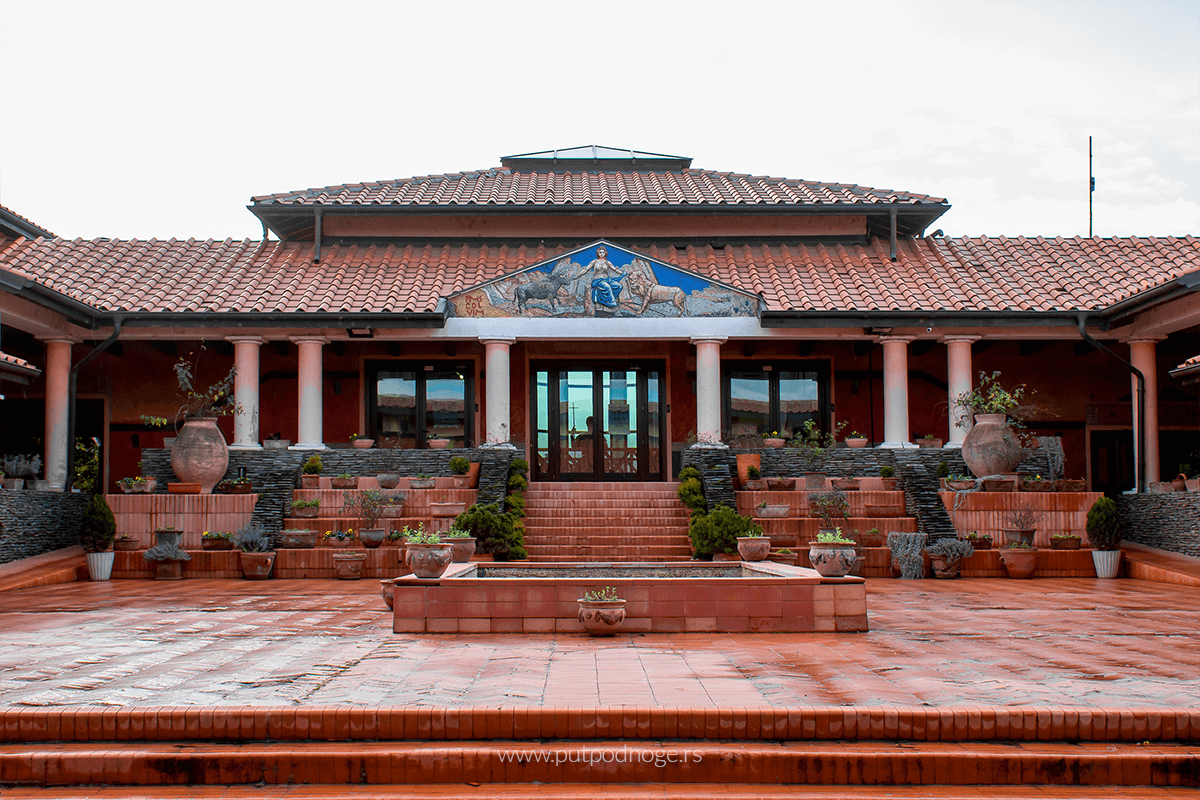
Viminacium – Secrets of the Roman Civilization in Serbia
Viminacium is one of the most significant archaeological sites in Serbia and a key monument of Roman history. Located near the town of Požarevac, it represents the former Roman city and military camp. This fascinating site reveals the wealth of history, culture, and daily life of people from that era, and its impressive ruins, mosaics, and tombs testify to the grandeur of the Roman Empire. Today, Viminacium is an unmissable destination for all lovers of history, archaeology, and culture, as well as one of the most beautiful examples of Roman civilization in the Balkans.
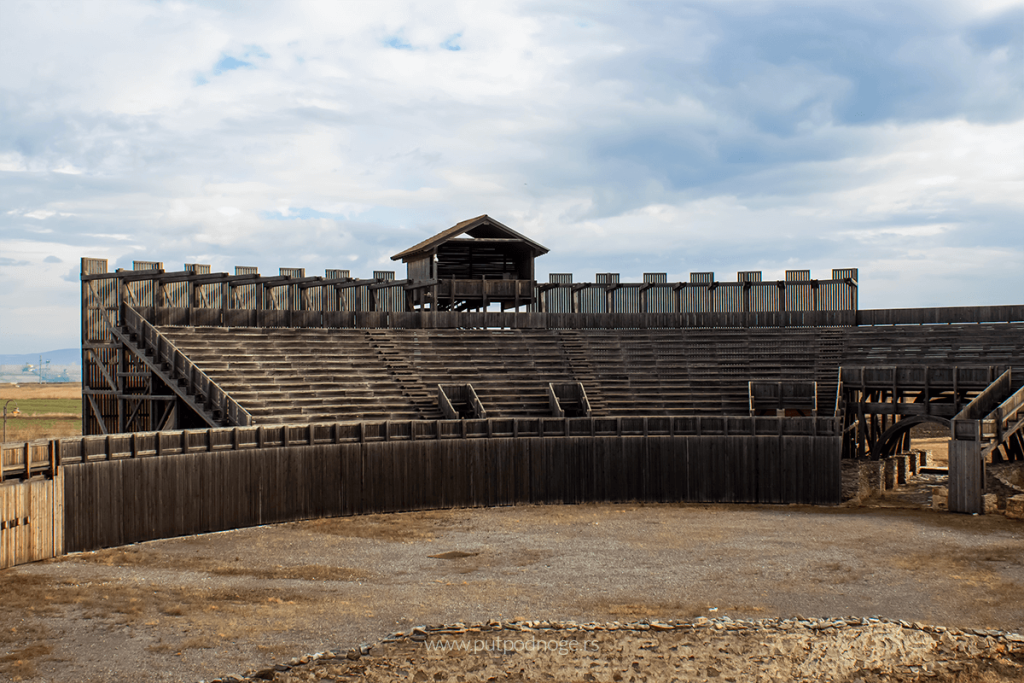
The Capital of the Roman Province of Upper Moesia
Viminacium was the capital of the Roman province of Upper Moesia (Moesia Superior) and later, in the Late Antiquity, became part of the province of Moesia Prima. Today, we can only uncover a fraction of the once powerful city, while much of it still lies buried deep beneath fields and pits. If its squares, temples, theaters, hippodromes, baths, streets, and neighborhoods were to emerge from those fields, it would be an ageless city. The military camp in this area was established with the arrival of the Roman Empire to the Danube, likely in the first decades of the 1st century.
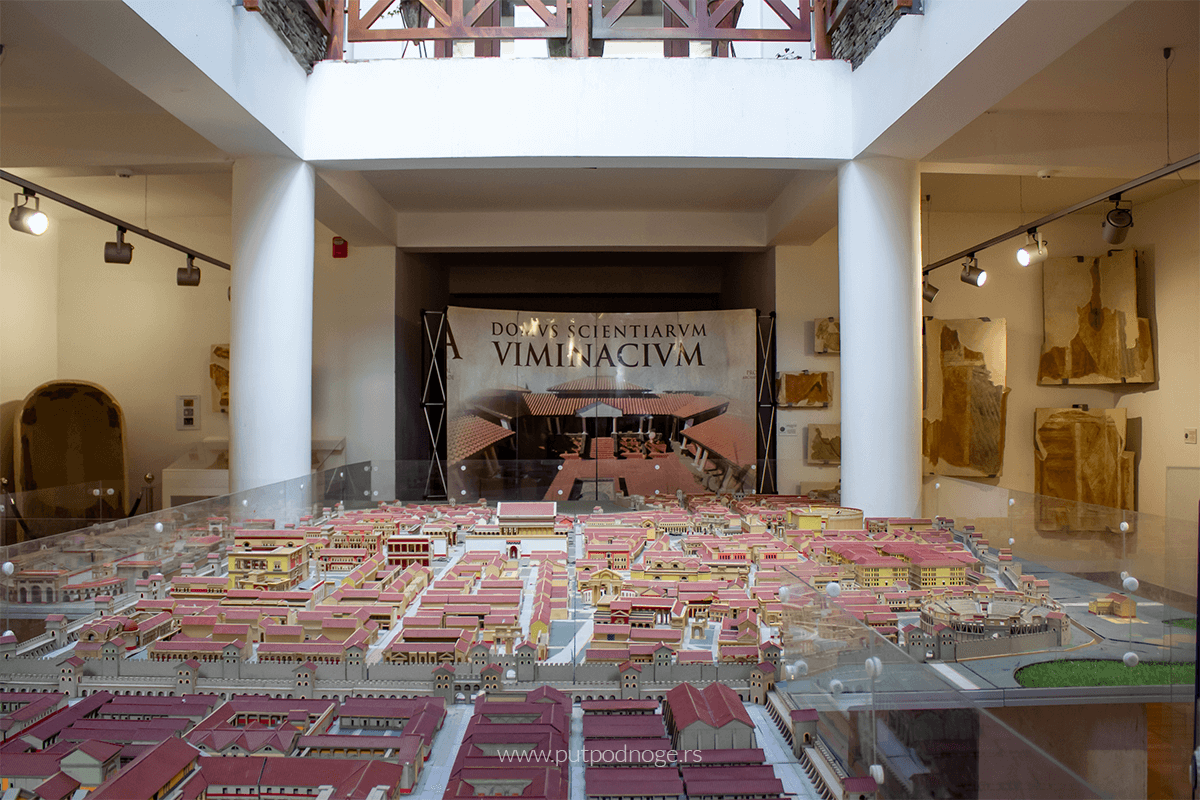
Pre-Roman Settlers and the Beginning of Roman Settlement
Before the Romans, the Celts inhabited this region, as evidenced by the discovery of a Celtic necropolis at the site “Pećine.” Research of this necropolis confirmed that Viminacium was built on the territory of the Celtic tribe, the Scordisci. During the Roman period, the city’s northern side was directly adjacent to a branch of the Danube River, while the city’s fortifications on the western side were connected to the Mlava River. Over time, as the city developed, Viminacium expanded to the left bank of the Mlava River.
Baths and Daily Life
The baths in Viminacium were in use for several centuries and featured four tepidaria (warm water pools) and one frigidarium (cold water pool). What kind of city it was can only be imagined by looking at a model. Our guide showed us a model of the places we visited, as well as those still buried, and explained what would be needed for them to emerge into the light of day. It was especially interesting to participate in a tour with a guide who provided unconventional details about the site and stories that would not be heard on standard tours.
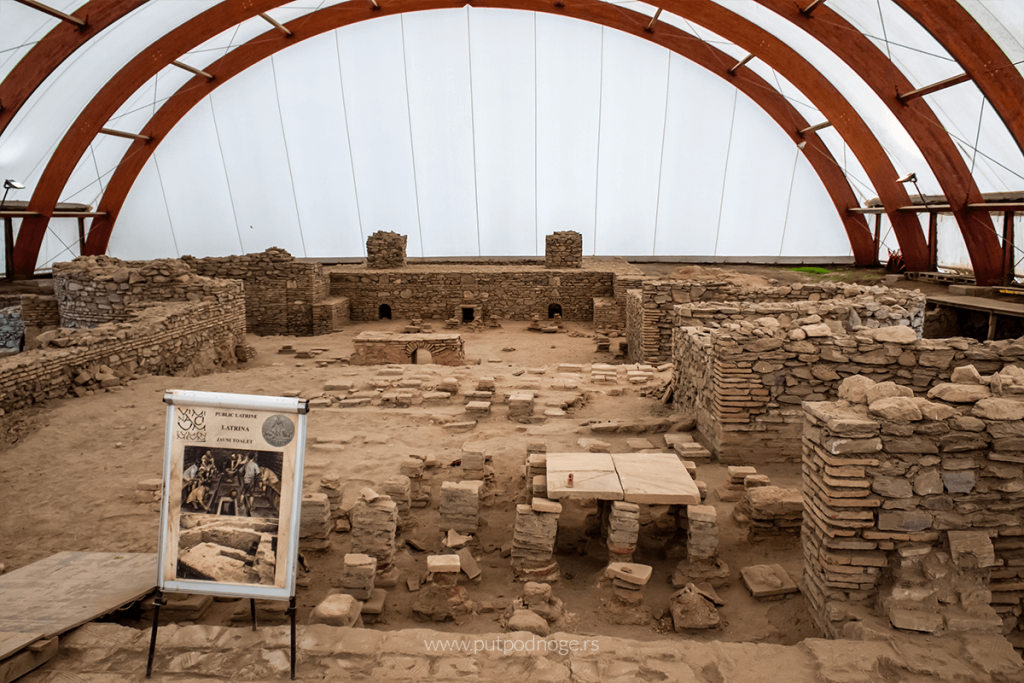
Archaeological Research and Sites
During our visit, we toured the mausoleum, where Emperor Hostilian was most likely buried, the amphitheater, the baths, the reconstruction of the Roman villa (Domvs Scientiarvm Viminacium), and the mammoth park. The mosaic discovered in Viminacium depicts the emblems of the Roman legions stationed in this city. From the arrival of the Romans to this area until the end of the 80s of the 1st century, two legions were stationed in Viminacium, most likely the IV Flavia Felix and the VII Claudia Pia Fidelis.
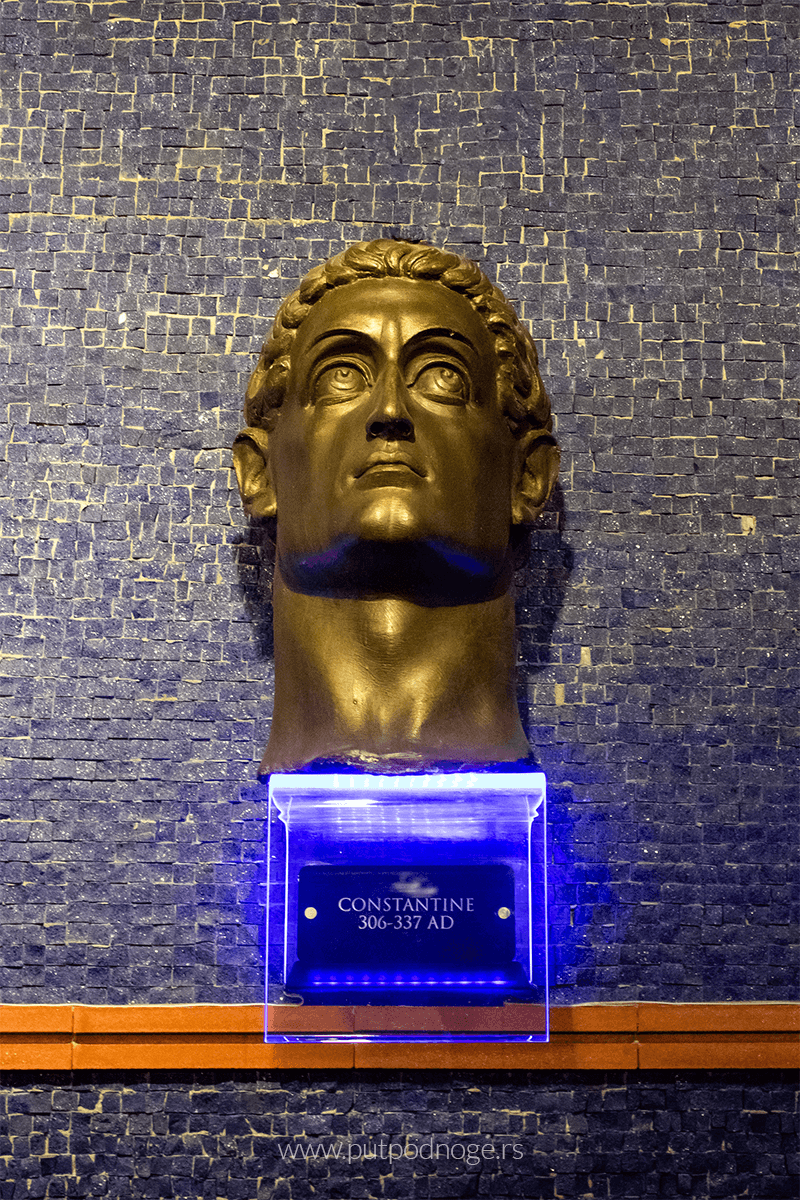
Legions in Viminacium
Legio VII Claudia Pia Fidelis (Faithful and Loyal) was formed by Pompey in 65 BCE. It was one of the four legions that Caesar took with him in the campaign against Gaul in 58 BCE. The legion existed until the end of the 4th century, patrolling the area along the Limes. Its symbol was a bull. In 42 CE, Legio VII was given the title Claudia Pia Fidelis after the governor of the Roman province of Dalmatia revolted, during which the legion remained loyal to Claudius.
Legio IV Flavia Felix was recruited by Vespasian in 70 CE from the remnants of Legio IV Macedonica. The legion remained active in Upper Moesia until the 4th century. Its symbol was a lion.
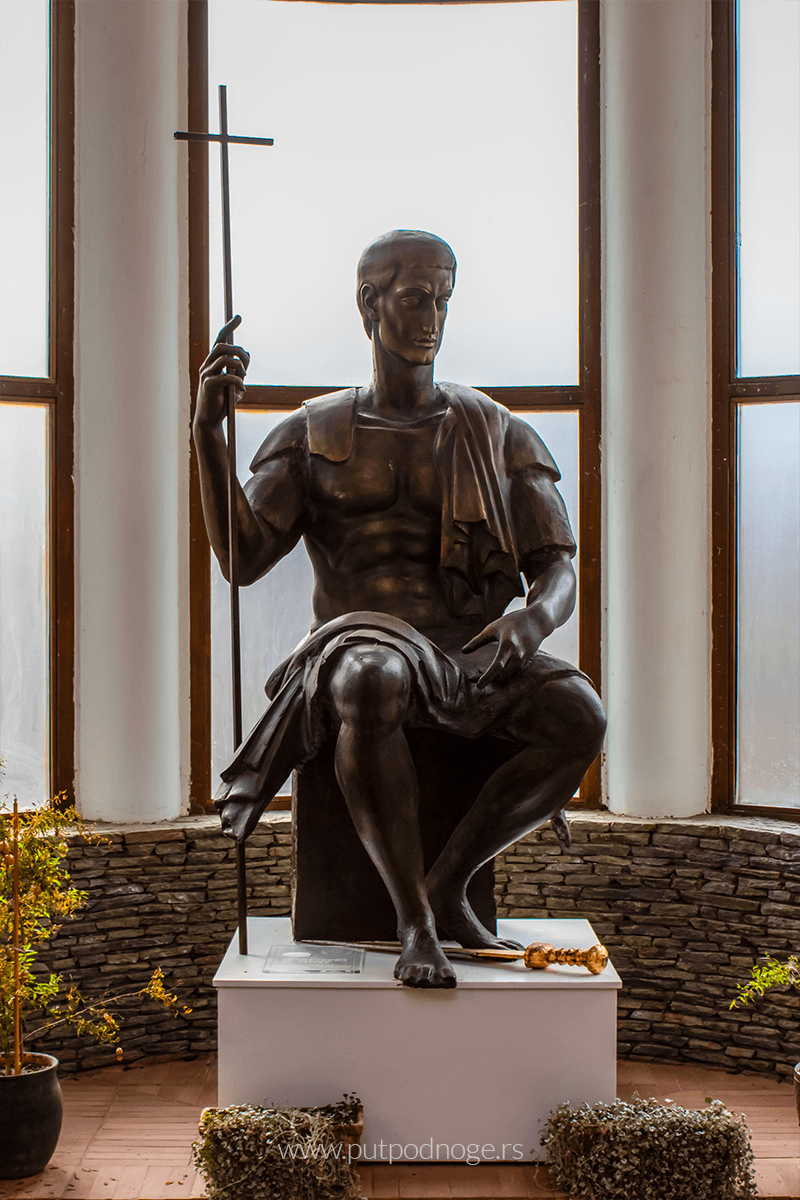
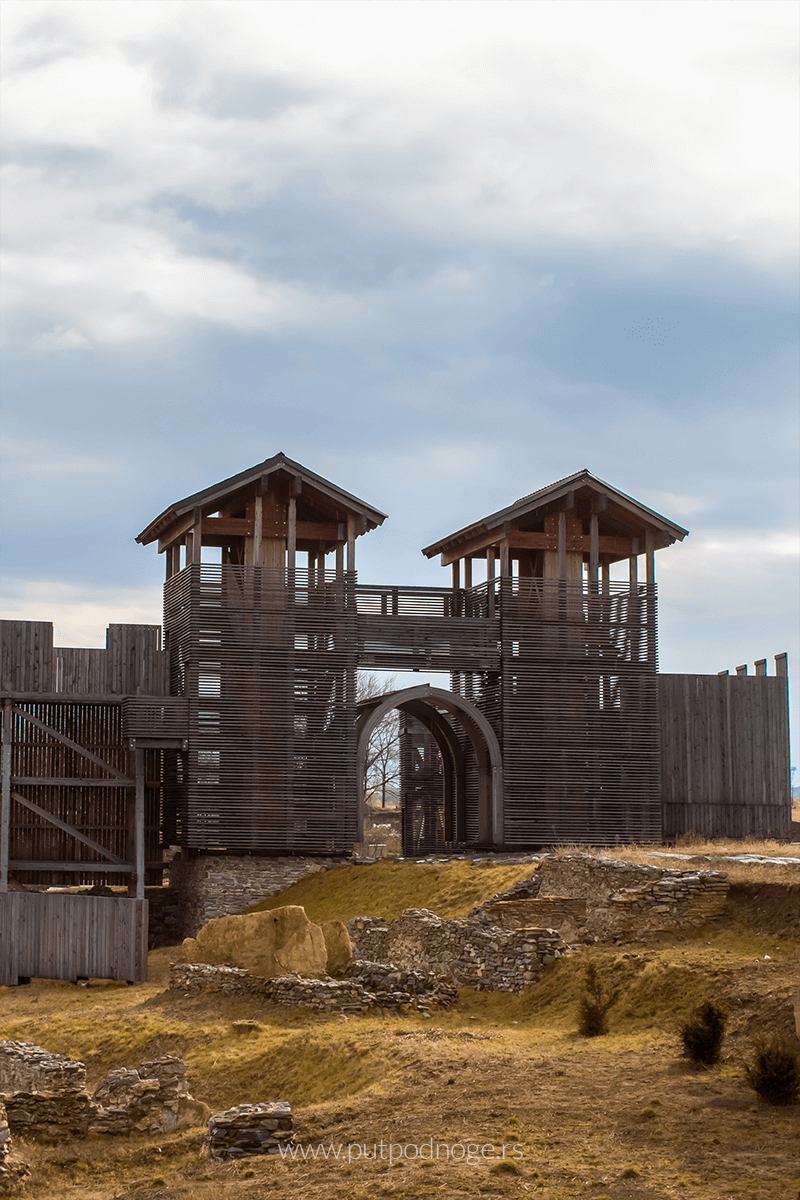
The Fall of Viminacium
Viminacium was destroyed during the Hunnic invasion of 441 CE, and evidence of this comes from the discovery of Roman coins. After crossing the Danube in 441, the Huns ravaged most cities and fortifications, including Viminacium. However, the city was rebuilt under the command of Emperor Justinian. These were turbulent times on the Roman Limes, and Viminacium, a powerful and wealthy city on the Danube, was undoubtedly a target for all invaders. Later, Viminacium faced the same fate again in 584 CE, when it was captured by the Avars, but this was not the end of its history, as Byzantium gathered an army and once again crossed the Danube in 600 CE.

Mammoth Park
Although it does not belong to the Roman period, the mammoth park is a fascinating reminder of the rich history of this area. A female mammoth, known as Vika, was found 350 meters east of the mausoleum. Her skeleton is a million years old and belongs to one of the rarest species of mammoths in the world. This extraordinary find once again highlights the activity of this area through history, dating far before the Roman period.
Viminacium is one of the most important monuments of Roman civilization in Serbia, still preserving its rich heritage. In addition to the archaeological sites that provide us with insight into the past, Viminacium tells us about the significance and grandeur of the Roman Empire in the Balkans, as well as about cultural exchanges, battles, and daily life that shaped the history of this region.
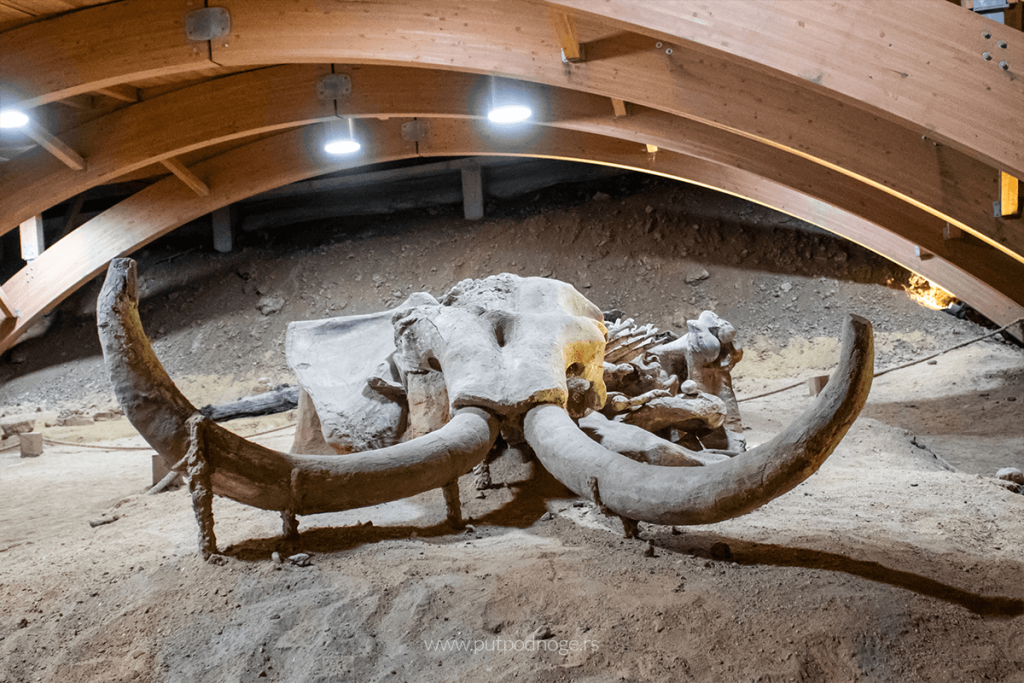
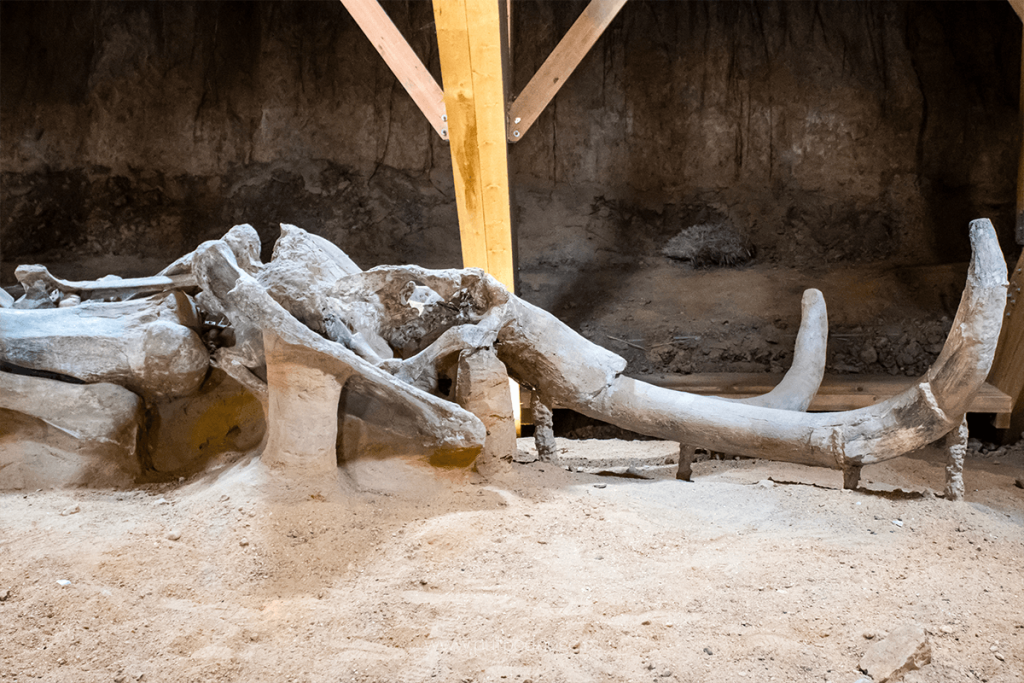
How to get there
Viminacium is located near the town of Kostolac, about 90 km southeast of Belgrade. It can be reached by car in approximately 1.5 hours via the E75 highway, turning toward Požarevac and continuing on local roads to Kostolac. Free parking is available at the entrance to the archaeological site.

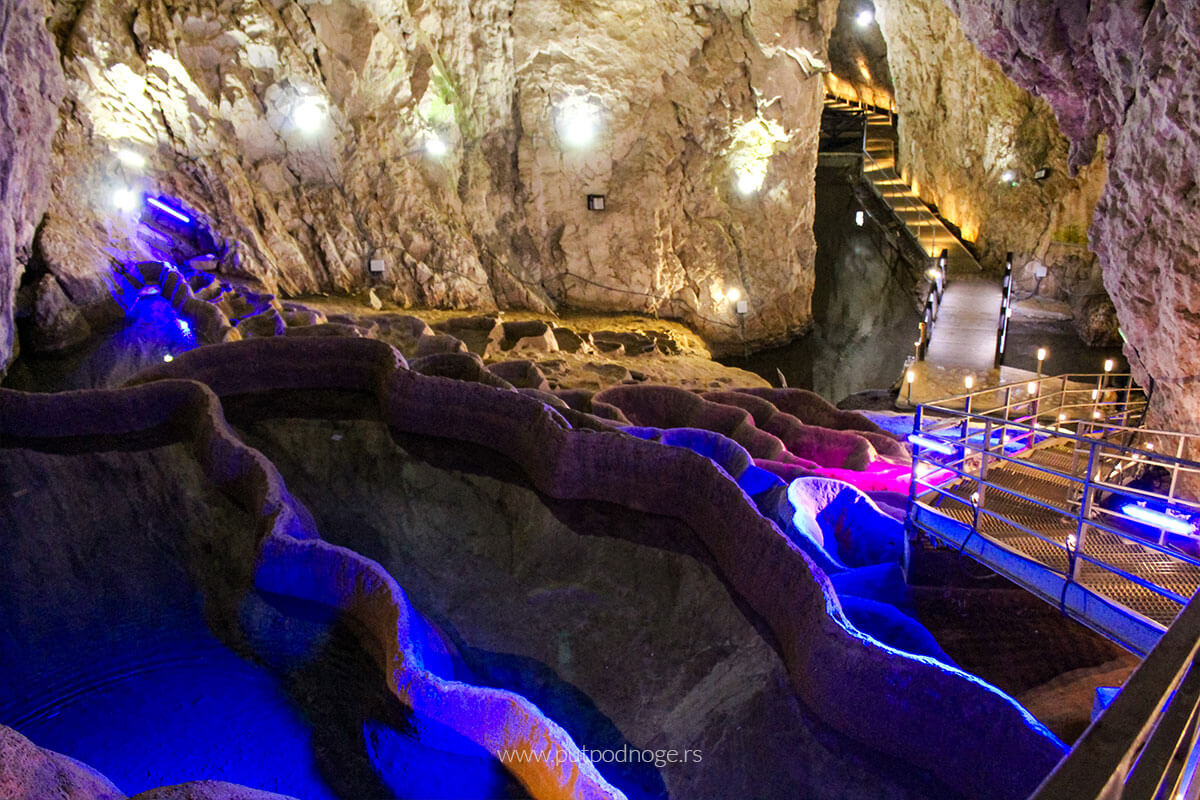
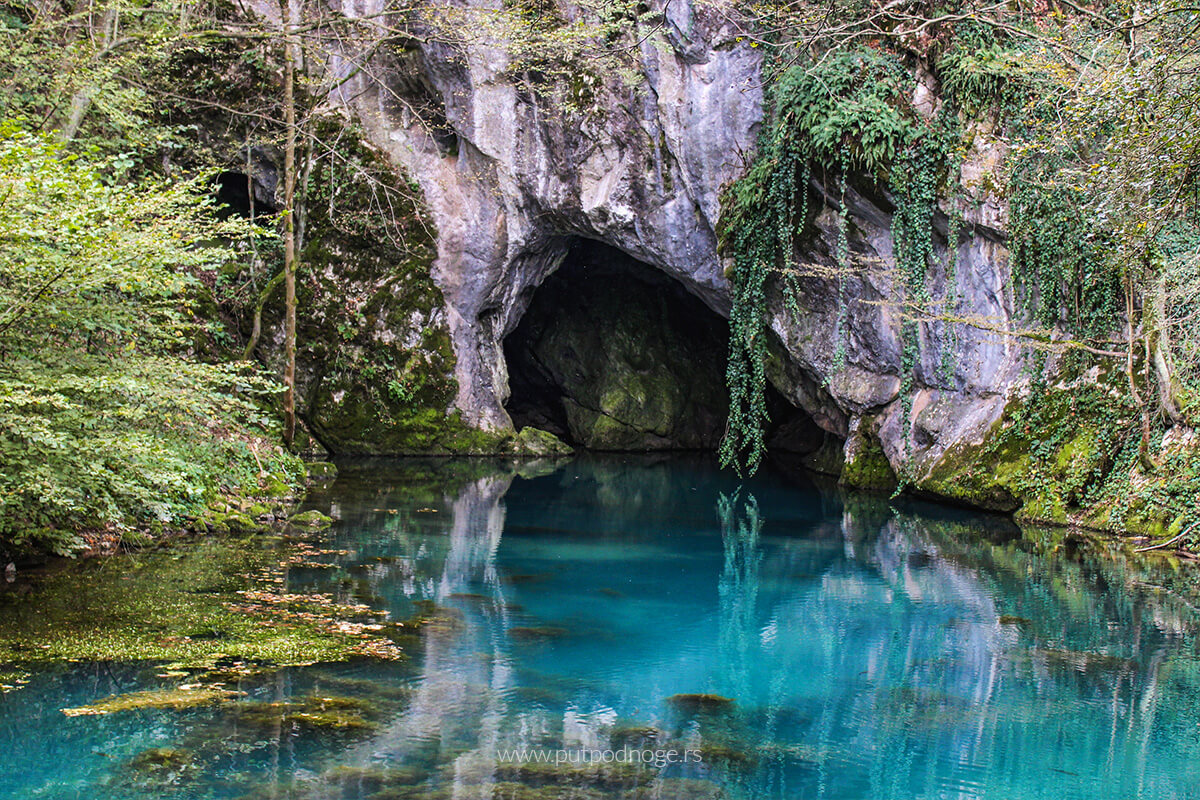
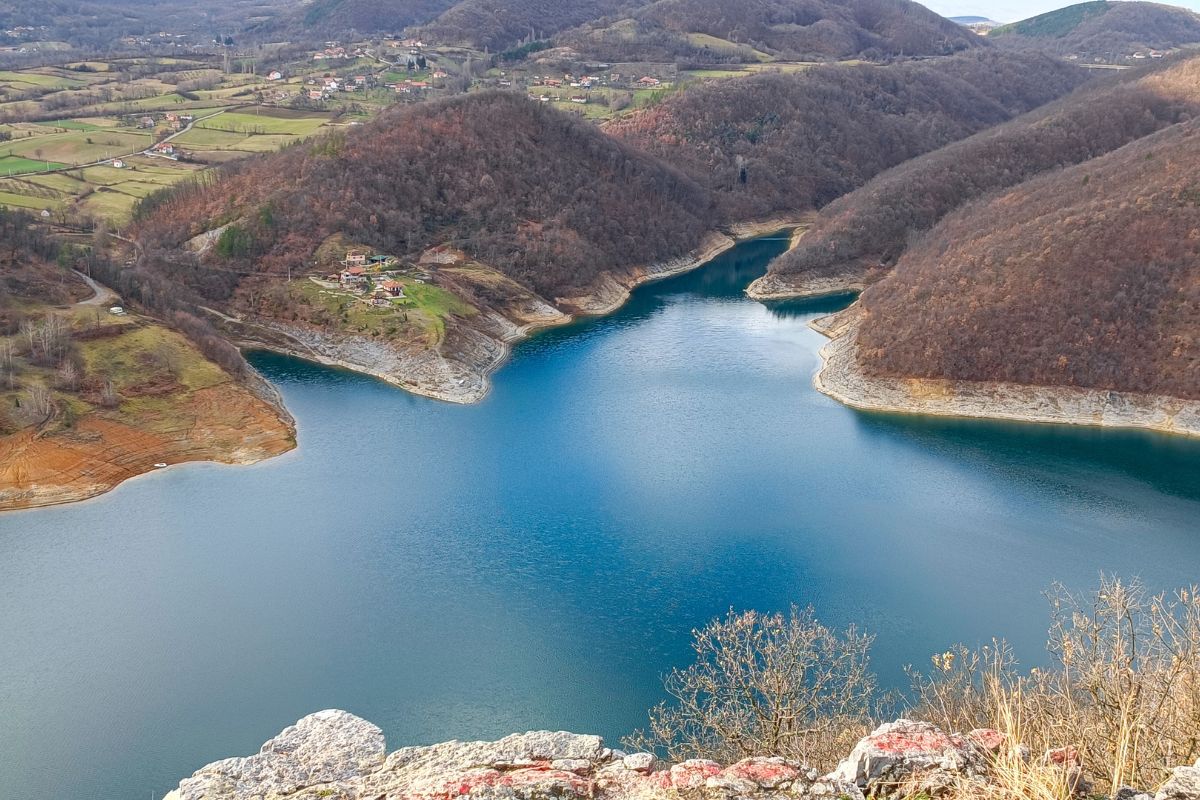
Leave a Reply